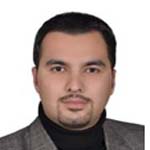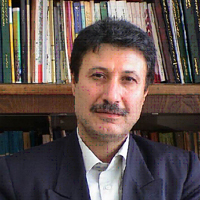Analysis and leveling of key drivers affecting the increase of physical resilience in Tehran against earthquakes using modeling by interpretive structural modeling ISM (Case Study: District 10)
Resilience is a new approach to assessing and enhancing the resilience and tolerability of the development foundations in cities. The purpose of this research is to model the key drivers effective in increasing the physical resilience of the 10th district of Tehran against earthquakes with a futuristic approach and designing relationships between these key drivers. The present study is conducted by descriptive-analytical method, and the key drivers affecting the increase of physical resilience have been identified as an example of earthquake study by content analysis method. In the modeling section, through the Delphi method, the opinions of academic experts in the field of physical resilience have been used. Data were collected using interview tools, a binary questionnaire, and the validity of the questionnaire was measured and evaluated using face validity criteria. Relationships between the key drivers affecting the increase of physical resilience of the studied sample against earthquakes have been determined and analyzed by the interpretive structural modeling (ISM) method. Finally, using Micmac analysis, the type of key effective drivers have been identified and classified in six levels according to their effect on other factors. Findings represent that the driver of “granulation class” with the highest penetration force, is infrastructure and the main stimulus of urban physical resilience and any action to increase the physical resilience of the study sample against earthquakes, requires modifications in this driver. The drivers of service distribution and the strength of public buildings have the least impact with 1 and 3 penetration force, respectively. The results also show that elements at higher levels have less stimulating power and more dependence.
-
Examining the Compatibility of Green Infrastructure with Urban Land Use, Case Study: Abbasabad Lands of Tehran
Sara Allah Gholipour, *
Journal of Urban Ecology Researches, -
A Comparative Study of Population Growth Indicators in Iranian Cities and Their Geographical Neighbors
Keramatolah Ziari *, Samin Yousefi
Journal of Urban Economics, -
Formulation and prioritization of sustainable strategies based on believable scenarios of increasing the physical resilience of Tehran against earthquakes (Case study: Region 10)
, *, Seyyed Majid Naderi
Journal of Geography and Environmental Hazards, -
Contemporization of Traditional Neighborhoods in Downtowns using Traditional Neighborhoods Development (TND) Aproach(Case Study: Golapa Neighborhood in Hamedan)
*, Hamidreza Saremi
Journal of Geography and Urban Space Development,



